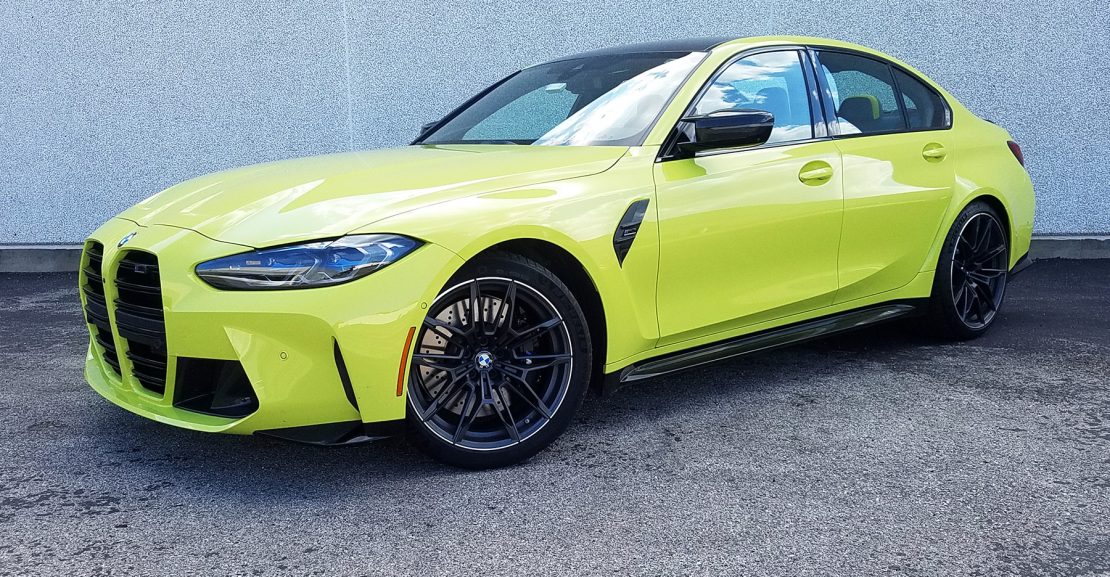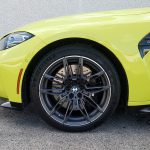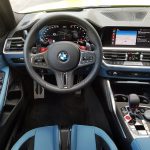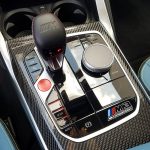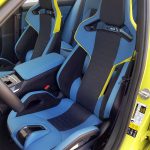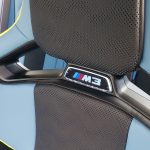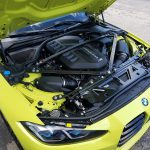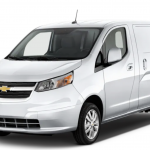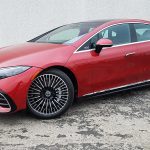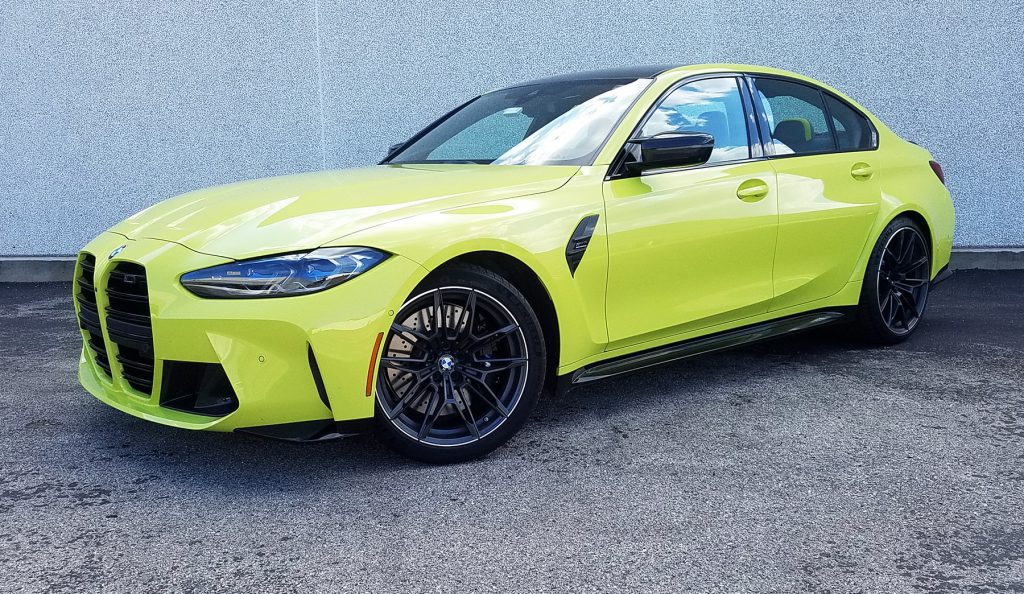
 Text by John Biel
Text by John Biel
2022 BMW M3 Competition xDrive Sedan
Specs
Class: Premium Sporty/Performance Car
Miles driven: 265
Fuel used: 14.1 gallons
Real-world fuel economy: 18.8 mpg
Driving mix: 50% city, 50% highway
| CG Report Card | |
|---|---|
| Room and Comfort | B |
| Power and Performance | A |
| Fit and Finish | A- |
| Fuel Economy | B- |
| Value | C |
| Report-card grades are derived from a consensus of test-driver evaluations. All grades are versus other vehicles in the same class. Value grade is for specific trim level evaluated, and may not reflect Consumer Guide's impressions of the entire model lineup. | |
| Big & Tall Comfort | |
| Big Guy | D |
| Tall Guy | C+ |
| Big & Tall comfort ratings are for front seats only. "Big" rating based on male tester weighing approximately 350 pounds, "Tall" rating based on 6'6"-tall male tester. | |
| Drivetrain | |
| Engine Specs | 503-hp 3.0-liter |
| Engine Type | Turbo 6-cylinder |
| Transmission | 8-speed automatic |
| Drive Wheels | AWD |
EPA-estimated fuel economy: 16/22/18 (mpg city/highway/combined)
Fuel type: Premium gas required
Base price: $76,900 (not including $995 destination charge)
Options on test vehicle: Yas Marina Blue/Black leather upholstery($2550), Parking Assistance Package ($800), Executive Package ($1800), M Drive Professional ($900), carbon fiber trim ($950), M carbon bucket seats ($3800), M Driver’s Package ($2500), M Carbon Exterior Package ($4700)
Price as tested: $95,895
More 3-Series price and availability information
Pros and Cons
The great: Thrilling acceleration; tenacious handling; serious stopping power; upscale interior
The good: Added capabilities of all-wheel drive; better-than-expected ride quality for a track-ready super-performance machine
The not so good: Racetrack-ready optional front seats aren’t optimal for everyday driving; polarizing front-end styling; options drive up bottom-line price
Review
How does a car named “Competition” get more, uh, competitive? Its maker could elect to add something. For example, a rear-wheel-drive car could get all-wheel drive.
There, in a nutshell, is the BMW M3 Competition xDrive, an extension to the high-performance M3 line for 2022. By adding its AWD system to the already-most-powerful example of the 3-Series premium-compact sedan, BMW promises more dynamic flexibility and slightly quicker acceleration.
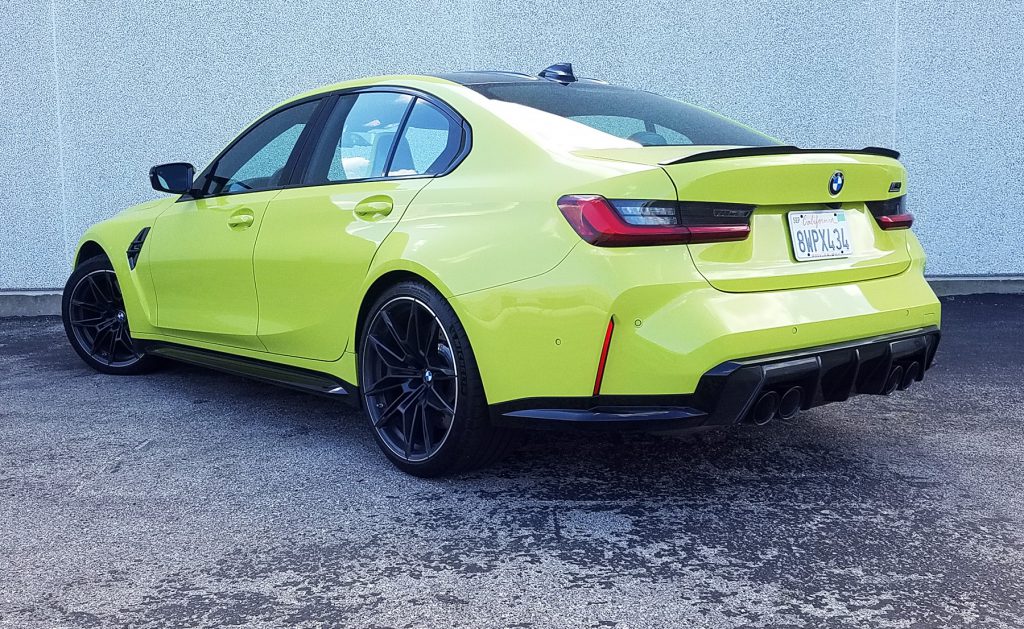
Engines
Aside from this new wrinkle, the ’22 M3s pretty much carry over from the year before. M3 Competitions boast a version of Bimmer’s turbocharged 3.0-liter straight-6 engine that makes 503 horsepower—30 more than in a “base” model. Adding xDrive, which accounted for $4100 of the $77,895 base price of Consumer Guide’s test car (including delivery), at a minimum gives it rear-biased all-wheel motivation, with the ability to send torque forward as driving situations dictate. A “4WD Sport” mode throws more push to the rear wheels, and a “2WD” mode for the drifting crowd can be summoned when stability control is switched off. Per the manufacturer, an xDrive car is 0.4 of a second quicker from 0 to 60 mph (at 3.4 seconds) than an M3 Competition without it.
Test Drive: 2022 BMW M440i Gran Coupe
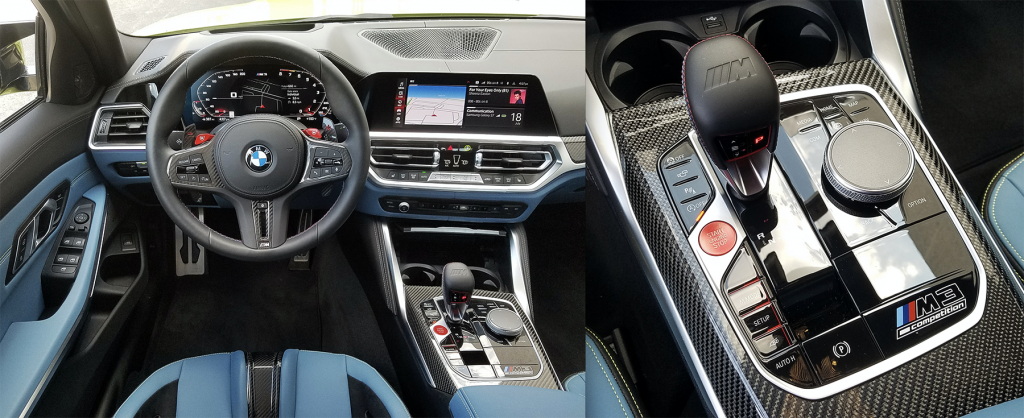
Plenty more than the chestier engine and AWD go into an M3 Competition xDrive. The chassis boasts an M Sport rear differential, adaptive suspension dampers, and performance tires on 19×9.5-inch-front/20×10.5-inch-rear wheels. Standard ventilated-disc brakes are of a specific compound.
The generous cache of power—including 479 lb-ft of torque—is driven through an 8-speed automatic transmission. (Must have a manual trans? A 6-speed stick shift is standard in the sub-500-horse M3.) Speed builds quickly with a throaty accompaniment. A stab of the accelerator at highway speeds sets in motion a snappy, 4-gear downshift that makes it a breeze to pass just about anything else on the road. Manual shifting via steering-wheel paddles is immediate.
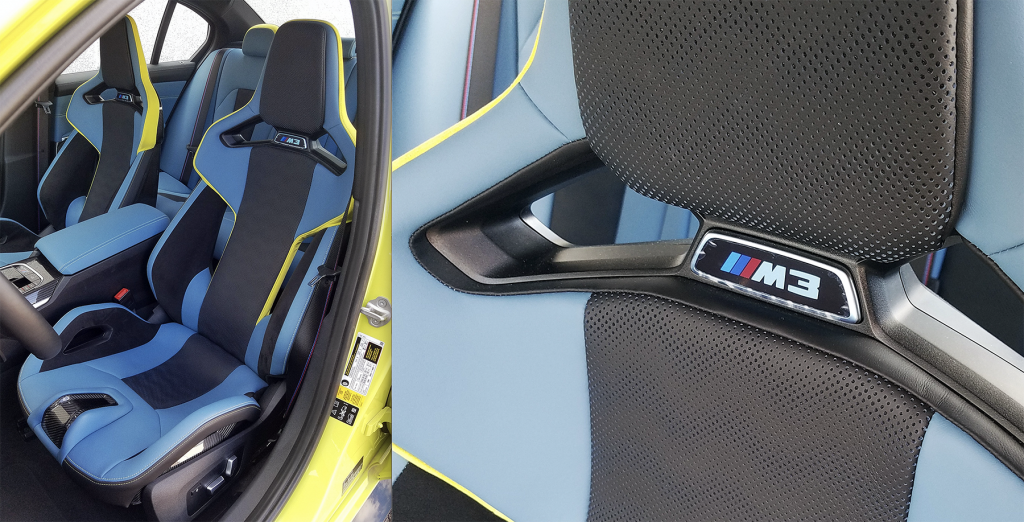
Ride and Handling
An especially firm ride is a given, but it’s not a nervous or twitchy one that quakes at every pebble, and the car rebounds well from encounters with surface imperfections. The low-profile, run-flat tires are somewhat noisy on the highway and generate a thwack over small cracks and expansion joints. Steering is more communicative than in lesser 3-Series models, the standard brakes perform very well (though not to the level of the expensive optional carbon-ceramic binders that were on the 2021 M4 Competition coupe that CG tested), and fine body control on quickly taken esses or highway exit ramps is a testament to the underlying goodness of the chassis. Plus, drivers can program preferred engine and dynamic characteristics, then recall them by tapping little red “M1” and “M2” levers atop the steering-wheel arms. Some may find features like that a mixed blessing, however; there’s so much possible functional customization that BMW seems to trust that every buyer is (or will become) a competent chassis engineer capable of fine-tuning all these variables.
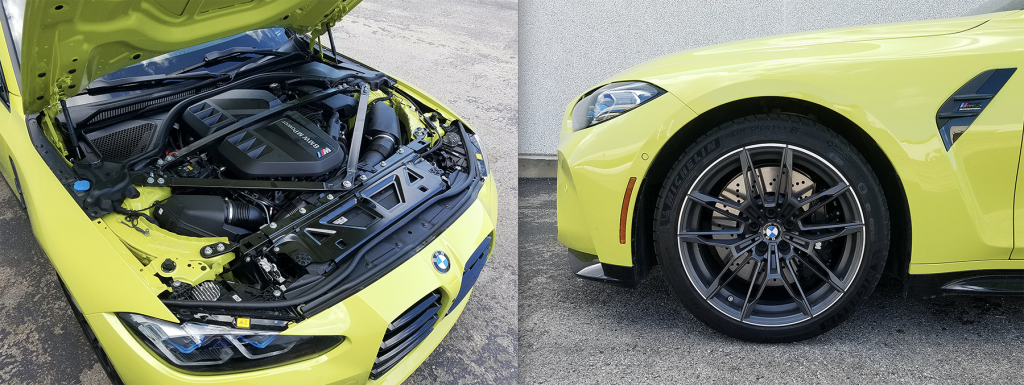
Fuel Economy
The boosted inline 6 may be smooth but it isn’t, in the EPA’s estimation, all that moderate with fuel consumption. The agency’s estimates for the tested model are 16 mpg in city driving, 22 mpg on the highway, and 18 combined. Still, this driver managed to get 20.8 mpg out of the test car after a stint of 119.6 miles that included 54 percent city-style operation—and that’s consistent with the 20.1 mpg that our editors collectively coaxed out of the rear-drive M4 Competition with the same engine and transmission in ’21.
There was plenty of leg- and headroom to accommodate this 5-foot-10.5 reviewer, and enough space behind him to comfortably hold his clone, but a longer-legged driver clearly would put the press on anyone sitting behind. Adult seating in the rear is effectively two persons. The trunk is shaped to take the most advantage of the 13 cubic feet of available space. Rear seats fold in a 60/40 split, but they don’t rest exactly flat and there’s a small gap between the trunk floor and the retracted seat.
First Look: 2023 Toyota GR Corolla
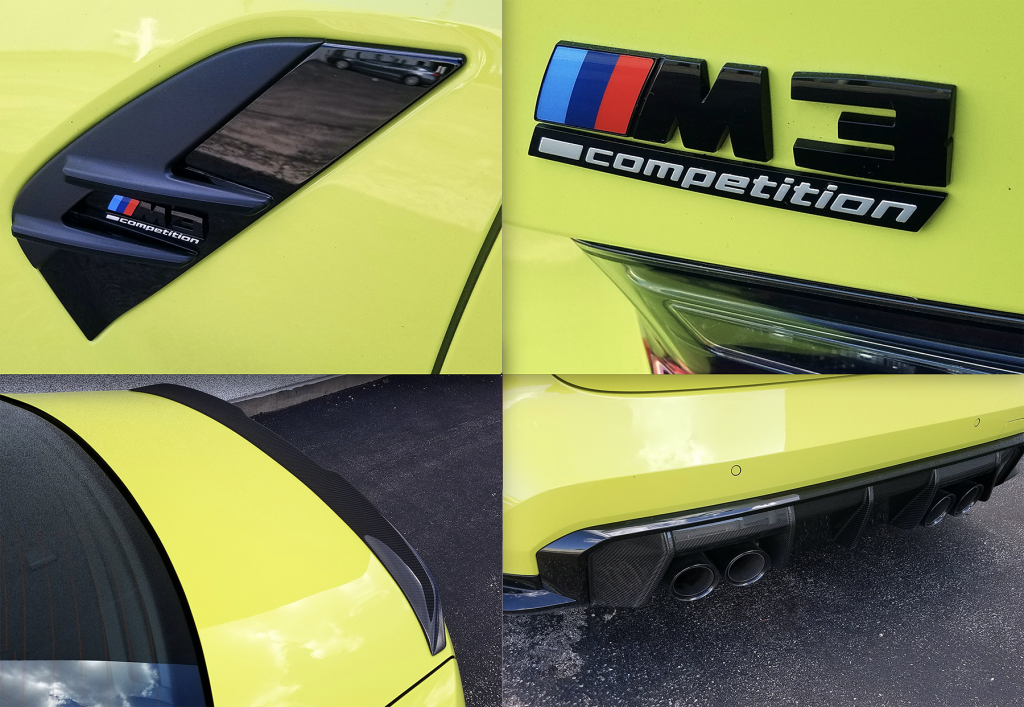
Room and Comfort
Surroundings in the M3 Competition are on the plush side, with considerable soft-touch and padded areas. The test car was outfitted with optional M carbon bucket seats that, for $3800, securely grip the torso and backside of front-seat passengers while taking some weight out of the car. Pronounced bolstered areas on the seats don’t allow for easy slide-in/slide-out movement, an odd raised structure rises from the front center of the cushion, and shorter passengers may find that the fixed headrests are too high for comfort. Personal-item storage isn’t overly abundant, though—all the more so with the carbon-shell seats, which don’t have pouches on their backs. Glove and console boxes are small and there are no cup holders in the pull-down rear armrest.
The carryover nature of the car that we mentioned early on means it has the same much-debated exterior styling and the virtual gauge display that isn’t universally loved either. (Indeed, when one of the sportier drive modes is selected, the view changes to a bigger, centralized readout.) Also on hand is the iDrive 7.0 infotainment system with voice or console-dial remote control. The system has its fair share of somewhat complex menus to navigate. Other standard comfort and convenience equipment includes things like Apple CarPlay/Android Auto smartphone compatibility, heated front seats, dual-zone automatic climate control, navigation, Harman Kardon surround-sound audio, and satellite radio. Safety features include automatic emergency braking with pedestrian detection, lane-keep assist, blind-spot detection, rear cross-traffic alert, rear-collision preparation, speed-limit monitoring, and automatic high-beam headlights.
Within its current generation, the M3 has grown larger and, some would say, more baroque. But in Competition form it has reached new heights of power and speed, and it coddles passengers with a decent dose of luxury as they’re being whisked along.
Quick Spin: 2021 BMW M4 Competition Coupe
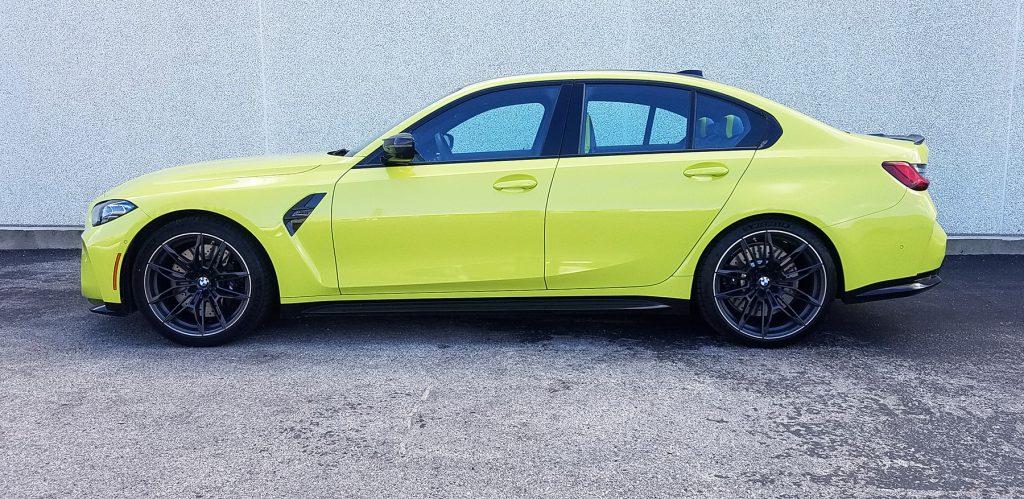
2022 BMW M3 Competition Pictures
Click below for enlarged images

